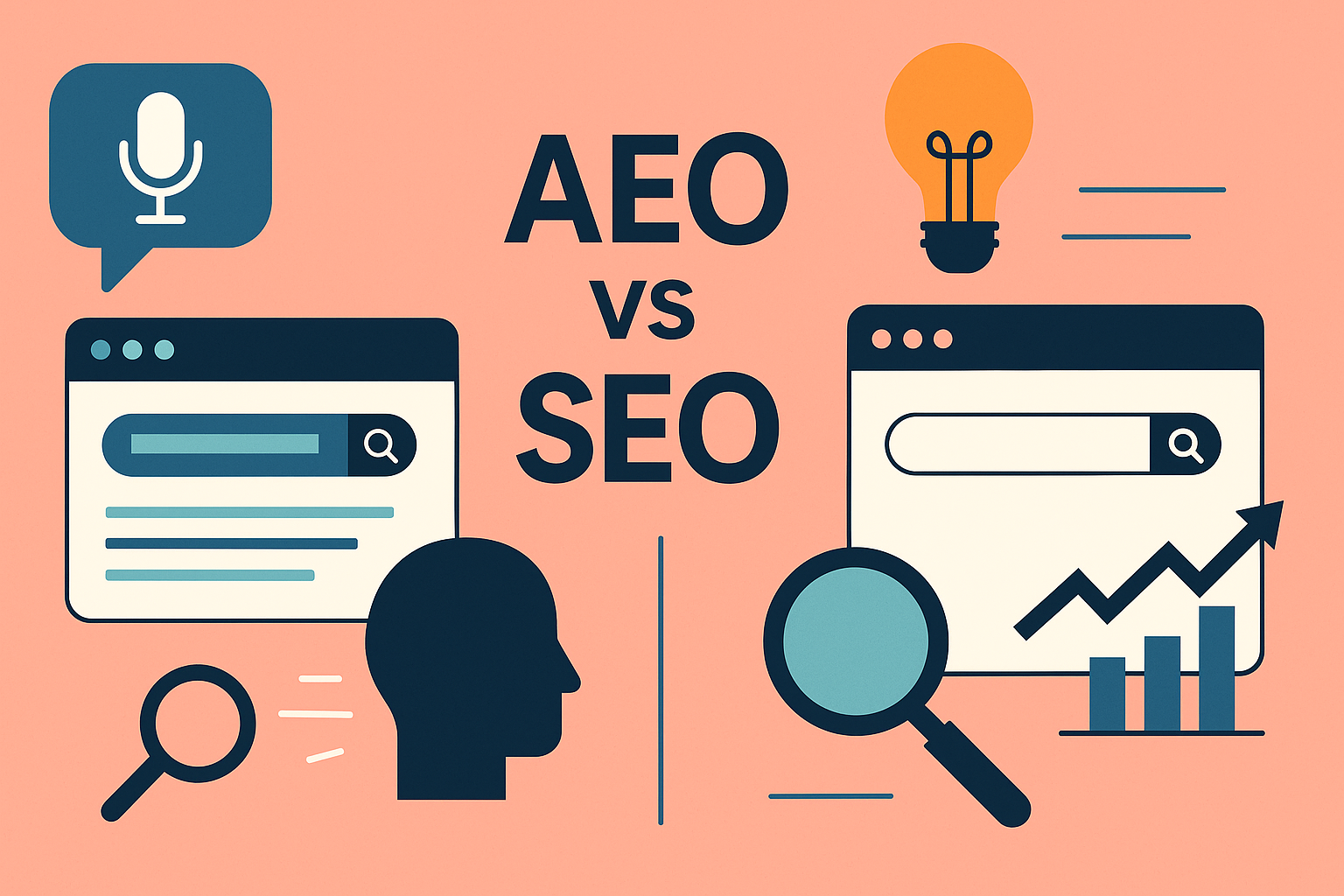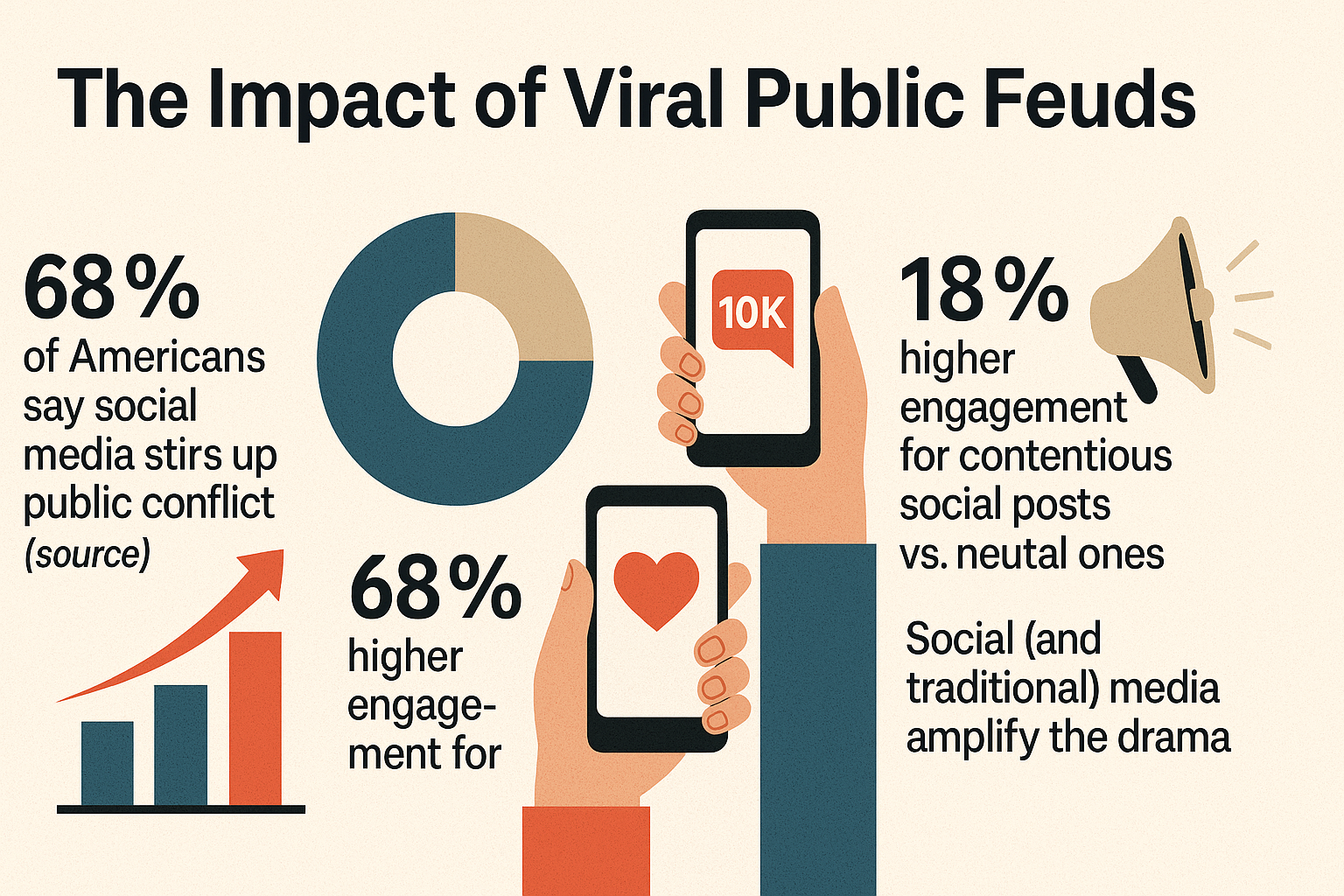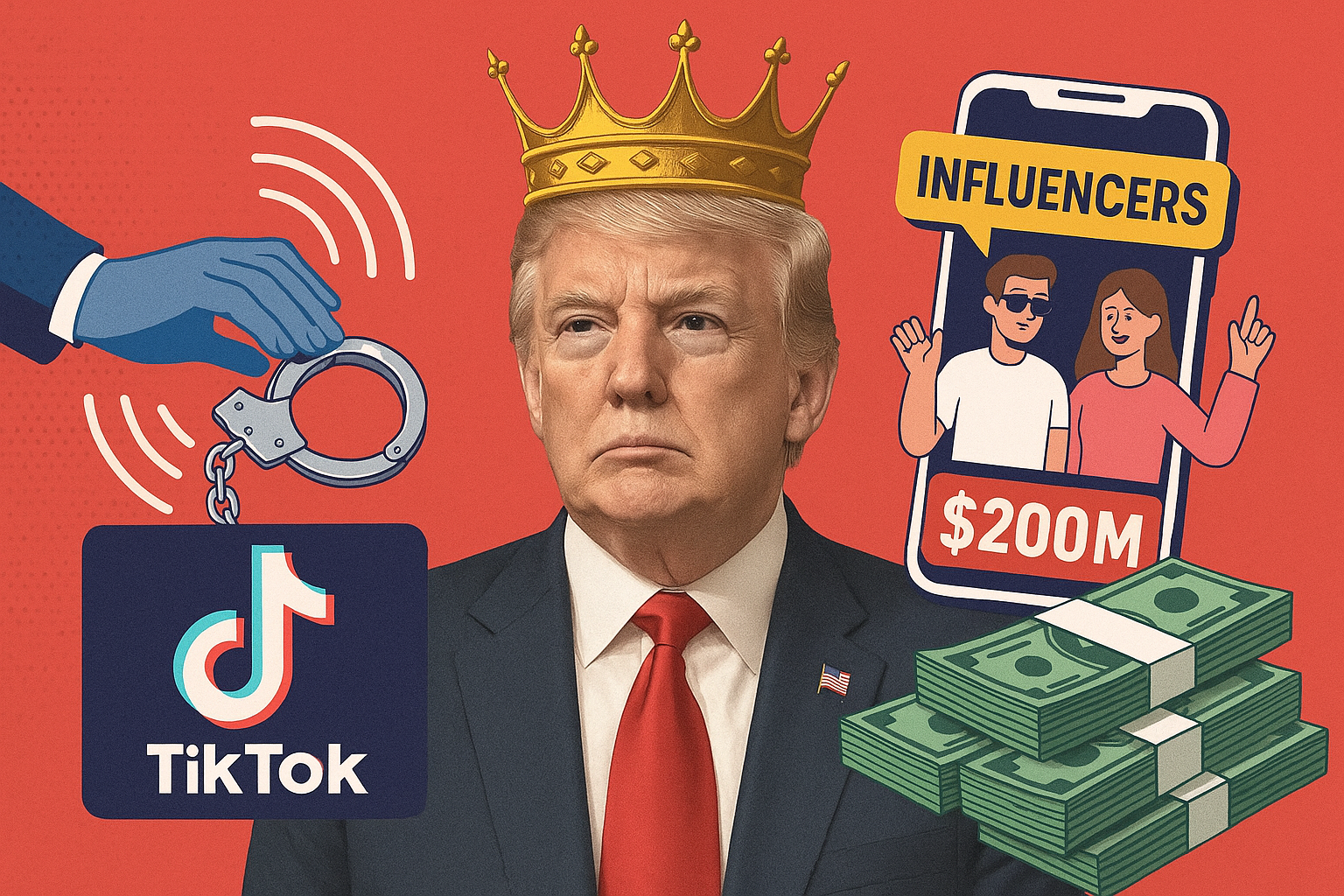Zero Click Content: Winning Without the Click
Have you ever visited Google and found that particular thing you were seeking so much? There is no need to click and scroll, it is found right in front of you in a matter of seconds. That is what we refer to as zero-click content and it is a game changer. It is not about the pursuit of traffic with the assistance of the sites; it is all about the presence in the right place which is directly on the top of the search results, and this answer is right as well.
It is not a matter of clicking less but of developing trust and being that brand, that people choose to see when they have a problem to discuss. This blog post will explore what the concept of zero-click actually entails and how even simplistic tactics can work in your favor to allow you to take full advantage of this approach as well. It can be appearing in remnants or featuring in frequently asked questions, but we will get how to make it out in this non-click world. So we begin!
A Fresh Look at Zero Click in 2025
So here is a hook to start with, by the first quarter of 2025, nearly 55 % of the searches in Google had no click through- a sure indication that people are finding what they want on their search page. To support that, search giant Ahrefs disclosed that the number of zero-click searches has ever reached the maximum this year. That is only… monsterous.
1. Understanding Zero Click Content
What Is Zero Click Content?
Simply put: it is content that garners exposure and does not direct the users to your page. That is, think featured snippets (think boxed answers), People Also Ask (PAA), Knowledge Panels, video/image packs–the list goes on. These are the SERP features which respond to questions directly.
Why It’s a Big Deal in 2025
- Credibility boost: You’re front and center—even if people don’t click through.
- Increased brand exposure: Your brand gets seen every time someone asks a question.
- Trust and authority: Showing up in those snippets positions you as the source.
- Clicks aren’t everything: Users still convert from search visibility—but maybe in other ways (brand searches, social proof, etc.)
3. Setting Up Semantic Themes (& CRO)
Instead of stuffing keywords, think themes:
- Intent-ful questions: What are my best practices about featured snippets?
- Semantics depth: discuss AI overview optimization and PAA search engine optimization.
- User experience: make use of shortened paragraphs, bullet points, tables.
These help search engines—and real readers—understand the value you’re offering, and make them more likely to feature your content as rich answers.
4. Crafting Featured Snippets & AI Overviews
Time to show up at “position zero”:
- Answer fast: Provide a clear 40–60 word answer right after your question heading.
- Use bullets or tables: They’re highly scannable.
- Include definitions and stats: Like mentioning that 55% of Google searches never get clicked—helps your snippet stand out.
To fit in the AI overview optimization: answer phrases naturally, like you are speaking. Imagine a best friend had asked you, algorithms thrive under this atmosphere.
5. Leveraging People Also Ask (PAA)
There is nothing like that PAA expansion. Here is the way to make it your own:
- Do quick PAA research: enter your main question on Google and browse through the PAA box, gather 5-7 questions.
- Create mini Q&A sections: Make each question an H3 with 30-50 word answer.
- Use conversational tone: e.g. “Yes, you can optimize your schema markup to improve featured snippet chances.”
This improves PAA SEO coverage and sends strong semantic signals to search engines.
6. Structured Data: The Invisible Power-Up
Here’s where schema markup comes in:
- FAQ schema: great for PAA and conversational Q&As.
- HowTo schema: perfect for step-by-step guides.
- Article schema: helps with trust and content classification.
💡 Don’t just say “use schema”—show a mini-code snippet:
{
"@context": "https://schema.org",
"@type": "FAQPage",
"mainEntity": [{
"@type": "Question",
"name": "What is zero click content?",
"acceptedAnswer": {
"@type": "Answer",
"text": "Zero click content ..."
}
}]
}

7. Make Your Content Scannable & Human
Ever read a wall of text and thought “ugh”? Keep paragraphs to 2–3 sentences. Use bullet lists, numbered steps, and tables to break it up.
Example Table:
| Feature | Optimization Tip |
|---|---|
| Featured Snippet | Keep answer concise (40–60 words) |
| PAA Boxes | Use FAQ-style subheadings with clear Q&A |
| Schema Markup | Include structured JSON for FAQ & HowTo schema |
Your reader wins, search engines win—you win.
8. Visual & Video Elements
A picture is worth a thousand words…or impressions in zero click content:
- Infographics: Summarize steps or data visually.
- Short clips: Use 30–60 second videos on your blog or embed an explainer.
- Screenshots/tables: Show schema or SERP examples.
Pro tip: Name images like featured-snippet-example.png, and use descriptive alt text—this helps with image packs too.
9. E‑E‑A‑T & Building Authority
Search engines trust signals—they want expert content (E‑E‑A‑T).
- Author bio: Use an intimate line such as, “Hello, I am Alex, a content strategist attached to 10 years of experience in SEO.”
- Citations: You should reference what you use or make reference to the points of data-especially that ~55% zero click content number.
- Backlinks: Hyperlink to good quality guides and request others to refer to you when contents are ranked.
It’s not just SEO—it’s human trust.
10. Local Zero Click—Grab Local Packs
However, Google Local Pack is a goldmine to businesses that have physical locations:
- Optimize GMB/GBP: Make sure that your Google Business Profile is complete to the hilt: photos, hours, FAQs (even there!), keyword-optimized description.
- Embed Local Schema: Make use of LocalBusiness Schema mark up on service pages.
- Boost Reviews & Ratings: get regular 5-star reviews to help build local trust and win the map pack bubble.
- Local Keywords: Add such local elements as the term “near me” and location descriptions to headlines and meta descriptions.
This setup gives you visibility in zero click queries when users search for things like “coffee shop near me” without even opening your site.
11. Technical & On‑Page SEO for Humans & Bots
Your sites technology set up will be required to keep up with the change of AI Overviews and chatbots. The following are what is important:
- Mobile-first & Speed: Fast pages with excellent Core Web Vitals are positioned better at both being indexed by the bots and human UX.
- Clean structured HTML: Bots love clean code. Avoid the scripts that conceal your content..
- Meta optimization: you do not want to lose clicks, yet title + meta should be tight in case somebody sees your ad, then your brand should be remebered positively (and possibly, to re-click).
- Internal linking: Use anchor-rich links like “featured snippet examples” to guide bots deeper.
12. Monitoring & Measuring Success
Zero click content success isn’t measured in clicks anymore—it’s about impressions, brand lift, and indirect conversions:
- Search Console: Track impressions, average position, and SERP feature coverage.
- Ahrefs/SEMrush: Use their SERP-feature filters to monitor snippet ownership and zero click content keywords (ahrefs.com).
- Brand Metrics: Keep an eye on organic brand searches and direct traffic boosts.
- Downstream Conversions: Track form submissions, offline inquiries, or newsletter sign-ups as indirect results.
13. Off‑Site Amplification & Diversification
Zero click content SEO doesn’t exist in a silo—here’s where multi-channel awareness kicks in:
- Guest posts & roundups: Retreat an interest in your zero click content.
- Video & social micro-content: Make brief explanatory videos to complement your frequently asked questions which can be a mini video or post on YouTube or TikTok.
- Influencer quotes: It is possible to add a quote by an industry expert which can assist in getting quoted by the AI tools.
- Recycle in newsletters and on LinkedIn: Get your brand name appearing naturally.
Visibility in SERPs can lead to traction elsewhere—even without clicks.
14. Brand SERP Ownership
Your exposure is more important than ever before with AI Overviews and Knowledge Panels:
- Include organization markup and review schema in your Web site.
- Be listed in such Wikipedia or prominent directories.
- Update and make your About page meaningful and when AI tools use this page to extract knowledge, your voice will be heard.
In essence, you’re “owning” how your brand appears across search experiences.
15. Content Refresh & Maintenance
Zero click content dies fast if it gets stale:
- Annual update: Refresh data and modify language to be current.
- Make republishing with new date to indicate new content.
- Monitor de-ranking: You did lose a snippet in it, compare with others and beat them!
- Introduce new PAA questions with SERPs.
Staying on top keeps you visible—even in zero click content formats.
Final Checklist: From Strategy to Action
| Task | Action Items |
|---|---|
| Keyword & Intent Mapping | Primary/Secondary/Tertiary plan |
| Featured Answer Optimization | 40–60 word answers, bullets/tables, natural tone |
| Schema Implementation | FAQ, HowTo, Article, LocalBusiness |
| PAA Section | Build conversational Q&A under each question |
| Visual/Video Integration | Infographics, screenshots, short clips |
| Technical SEO Optimization | Speed, CWV, code cleanliness, internal linking |
| Local Visibility | GBP, Local schema, “near me” keywords |
| Monitoring | GSC + Ahrefs/SEMrush SERP filters, brand metrics |
| Off-Site & Multi-Channel | Guest posts, micro-videos, social content |
| Brand SERP Ownership | Knowledge panel, schema, up-to-date brand info |
| Ongoing Content Maintenance | Yearly refresh, republish, monitor snippet loss |
Wrapping It Up—Why Zero Click Content Wins
The zero-click content world is redefining our perception of search and visibility. It is not anymore about just driving the traffic but generating a value to your audience where it is most needed which is right on the search results page. With optimizing featured snippets, providing clear and concise answers, and enabling such tools as schema markup, you will be able to become the preferred answer in your niche.
Admittedly, the reduction of clicks could seem as a failure at a first sight; however, the greater success is on the way to establishing the trust, brand awareness, and top-of-mindness. People will be back, hopefully soon, but more importantly when they need it the most, when they see your name next to some good and correct information. As AI Overviews continue to dominate, strong zero click content SEO is more important than ever. This strategy isn’t about clicks—it’s about being the voice of answers.

















